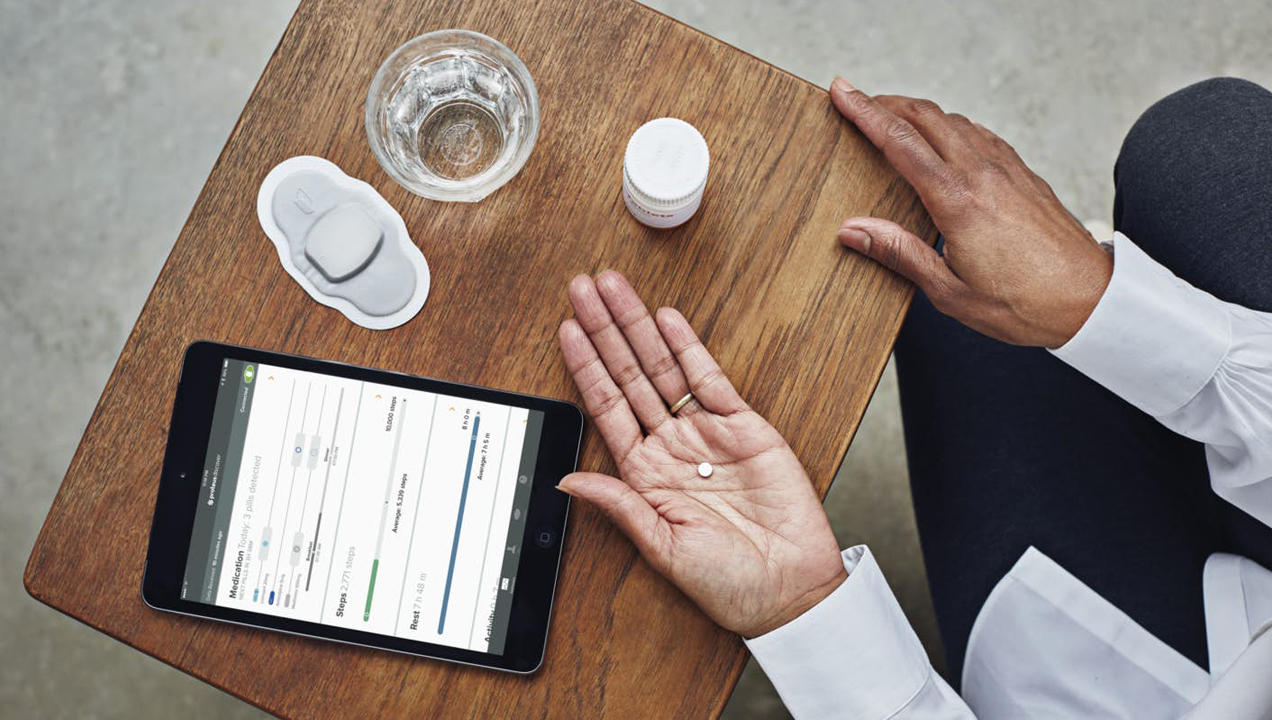Smart Drugs: Tailoring Treatment
The current glut of antibiotic-resistant illnesses has been directly attributed to antibiotics being used incorrectly, allowing bacteria to develop immunity to that treatment. In particular, the failure of patients to finish a course of antibiotics just because their symptoms have been alleviated. But logically we would expect patients to take any medication that they are prescribed, right? It is in their own best interests to optimize their chances of beating any given illness. On paper, there is no reason for people to make bad decisions, but the reality of the situation is a little bit more complex.

In practice, it is impossible for healthcare professionals to control their patient’s behavior. There is no way for them to know if the treatments that they have prescribed are being taken as instructed, or even how well the disease is responding to treatment. Doctors can’t be involved in every patient’s life all the time, having to rely on self-reporting – the least reliable form of feedback – and scheduled appointments to monitor their progress. Something that can cost lives.
Oncologists specialize in the treatment of cancers, and due to the critical nature of that illness the consensus on how to get the best results out of chemotherapy is very tight. If one treatment isn’t working, or is causing unintended side-effects, the oncologist needs to know immediately so that they can switch tactics. If treatment isn’t being taken as prescribed, it can cause massive problems, and due to the sheer number of cancer cases each oncologist has to tackle each day their ability to monitor individuals is extremely limited, that is why an inpatient model for chemotherapy has always been so prevalent.
To make outpatient chemotherapy less of a risky proposition, Proteus Health Digital Data have developed several oral chemotherapies with indigestible sensors packed into the pill casing. In combination with a small wearable sensor patch attached to the torso, this allows healthcare professionals and caregivers to better understand patient behaviors, their response to the medication and to track the rate that the medication is consumed.
Once a pill reaches the patient’s stomach, it transmits a signal to the patch which then creates a digital record on the patient’s own mobile device which they can choose to share with their doctor or pharmacist through a provider portal with the patient’s consent. In addition to monitoring the times that the drugs are consumed, the sensor patch also provides vital feedback on physiological responses. Providing at least a partial picture of the patient’s overall condition as treatment proceeds, and offering an alternative to bogging down an already busy department with more appointments.
Given the relatively low cost of adding monitoring sensors to medication, and the ever-increasing proliferation of wearables, it seems likely that this will be just the first step towards more viable outpatient treatments for a whole variety of medical conditions, not just cancer. It makes sense to focus on oncology at the moment, due to the particular risks involved in that treatment, but this may be the start of a far wider healthcare revolution, where wearable sensors become so normalized that possibility of ongoing monitoring by healthcare professionals – through a machine learning filter – becomes part and parcel of daily life. Indeed, we are already seeing health insurance providers try to offer a more holistic experience by encouraging healthier lifestyles through wearables, so it only makes sense for the medical industry to follow suit.
